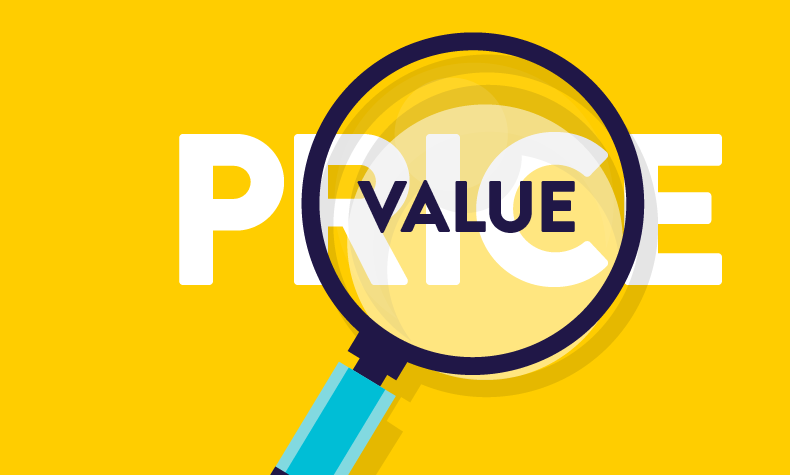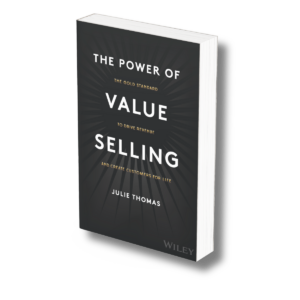How can you differentiate your company’s solution, especially in a crowded or commoditized market? First, you must recognize that being different is not the same as being differentiated. Being different is merely a tally of your unique capabilities and attributes. Differentiation means you successfully connect your unique capabilities to your individual prospect’s problems.

At ValueSelling Associates, we call this the “why” behind the “buy.” If you are competing in a commoditized market, your “why” may be made up of intangibles. When your product and capabilities are similar to your competitor’s, you need to focus on attributes like customer experience, terms and conditions, risk mitigation, or a trusted brand. Sales reps must understand which of your differences will add enough value and be important to each prospect.
3 Questions to Ask as you Differentiate your Company and Your Solution
Work through these three questions as you uncover the best way to differentiate your offering based on the value you can provide:
- Why does your difference matter? – Does your difference add value to the prospect in some way? Do you solve a unique problem? Why would your prospect care? Every prospect may have a different reason to select your product and you should aim to understand why your differentiators matter.
- Does your prospect care about your differentiator? – Once you understand your prospect’s needs and problems, think about the differentiators they might care about. For example, a technology company may talk about a whole list of standards they support, but the prospect will only care about the one that they use.
- Can you connect your solution to your prospect’s problems? – Connecting your prospect’s needs to your differentiators is where it all comes together. Many companies talk about the “breadth and depth” of their solutions, but without specifics, this is too vague to tell you very much. Instead, salespeople need to be trained to uncover the prospect’s specific problems and then map them to the specific benefits they can offer. Don’t forget the intangibles!
A Case Study: Purposeful Business Conversations Demonstrate Value
One ValueSelling client was able to increase new sales rep productivity by 300% year-over-year in a commodity-driven market. They recognized they had a stellar sales team and wanted to harness its potential. Understanding that the first year in a sales role can be challenging, they introduced new reps to the ValueSelling Framework®, focusing the sales training sessions on building differentiation skills. Not only did these reps exceed expectations, but the company’s investment in sales training paid off with a 96% retention rate. As these sales reps grow with the organization, they are experiencing even greater success.
With the implementation of the ValueSelling Framework, the team’s overall confidence also grew and business conversations went from good to great. Because they were already prepared to have conversations that went straight to the heart of what matters for their prospects, there was no productivity slide in the new reality of remote selling and needing to engage differently with prospects. With the “why” behind the “buy” top of mind, they successfully connected their unique capabilities – both tangible and intangible – to their individual prospect’s problems. The improved close rates confirm they are often the differentiated vendor of choice.
“Asking thoughtful questions and engaging in a purposeful business conversation is what immediately elevates us as a sales organization.”
– Regional VP of Sales
“We’ve used the power of value-based selling to stop the price war and to create personal and business value for prospects.”
– VP of Sales
In summary, the most important thing we teach salespeople about differentiation is that it’s a process to understand each individual prospect’s point of view and which differentiators matter to them. By following the steps and uncovering the “why” behind the “buy,” you’ll be on the right path to successfully differentiate your product or service. When your product is not differentiated in the prospect’s mind, the only way to differentiate is price.

















